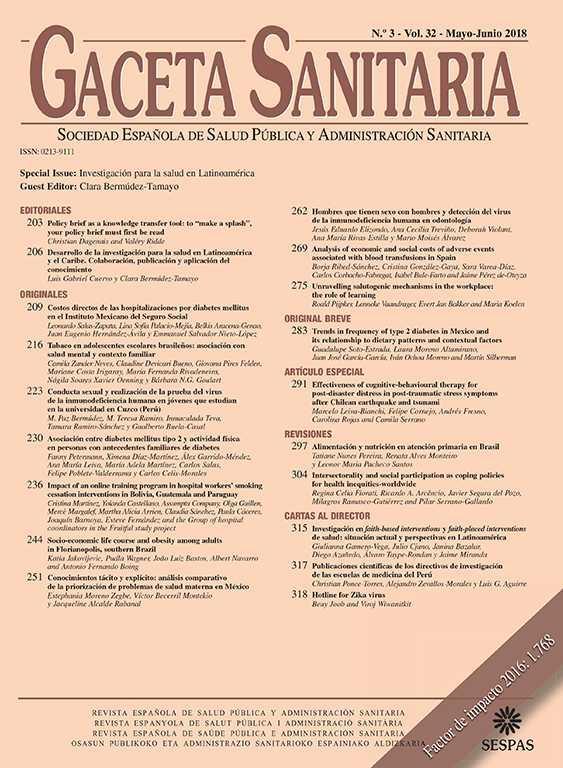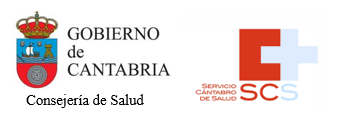Transient ischaemic attacks (TIA) and minor strokes are frequently assumed to be temporary or non-disabling events. However, evidence suggests that these patients can experience relevant impairment and functional disability.1 Recovering functionality after a TIA or minor stroke is critical to prevent long-term disability; yet, there is very limited research on implementing and evaluating early rehabilitation programs. Our pilot randomized controlled trial “Back to Normal”, nested in the project ‘Multiple Interventions to Prevent Cognitive Decline’ (MIND-Matosinhos), explored the feasibility of a 3-month multidomain intervention incorporating cognitive training, physical exercise, nutrition education, psychoeducation, and hearing loss evaluation and correction.2 During this study, we faced recruitment and retention challenges that provide valuable lessons for similar future initiatives.
Between May 2022 and March 2023, we screened 112 patients at Hospital Pedro Hispano, Matosinhos, Portugal (Fig. 1). Only 37 met the eligibility criteria, mainly due to difficulties in recruiting during seven-day post-event. Early post-stroke interventions are crucial, given the time interval between neurological injury and the onset of nervous function recovery activities. However, our experience showed that recruitment within seven days post-event is ideal but logistically very demanding for both patients and medical teams.
Among eligible participants, only 13 participants accepted to participate. Lack of transportation to session facilities was a common barrier, as some patients could not drive post-event and relied on others, and scheduling conflicts were also a common reason for refusal, as many resume work within three months post-event.3 Furthermore, literature shows that after a TIA or non-disabling stroke, patients might experience subtle but meaningful and lasting sequelae, such as cognitive impairments or fatigue.4 In our study, few individuals declined participation or discontinued early on after the event due to “feeling well”. Still, it would be valuable to explore in future studies whether these impairments emerge as patients resume daily activities.
Retention was equally challenging. None of the six participants in the intervention arm fully complied with the three-month program, and only three attended the follow-up assessment. Reasons included work commitments, caregiving responsibilities, and loss of contact.
Finally, in the satisfaction questionnaire applied at the end of the program, participants highlighted physical exercise and socialization as strong program features but identified location and schedule availability as points to improve. Reflecting on this, extending schedules to weekends and offering online or hybrid sessions could improve participation.
Our study highlights the complexity of engaging TIA and minor stroke patients in multidomain programs but offers actionable insights for future randomized controlled trials. Potential solutions include extending enrolment timelines, providing transportation support, and adopting hybrid delivery models.
TIA and minor stroke represent a significant public health problem, with implications on quality of life and stroke risk. Early post-event multidomain interventions are needed to promote functionality levels and develop tailored health promotion plans. Therefore, improving logistical and structural elements of trial design will be critical to addressing the unmet needs of this population.
Authorship contributionsM. Gonçalves: formal analysis, original draft. A. Rute Costa: conceptualization, methodology, review and editing. M.J. Lima, A. Fonseca, M. Seco and C Duque: resources, review and editing. V. Tedim Cruz: supervision, methodology, review and editing.
FundingThis study was funded by FCT - Fundação para a Ciência e a Tecnologia, I.P. (UIDB/04750/2020 and LA/P/0064/2020; DOI: https://doi.org/10.54499/UIDB/04750/2020 and https://doi.org/10.54499/LA/P/0064/2020) and by the Portuguese Stroke Society, under the scholarship “Prof. Castro Lopes's research scholarship in cerebrovascular disease”. The “MIND-Matosinhos” project was supported by Portugal Inovação Social and co-funded by the Operational Programme Social Inclusion and Employment, Portugal 2020 and European Union, through the European Social Fund, as well as by the Matosinhos City Council (POISE-03-4639-FSE-000793). ARC was supported by FCT under the Stimulus of Scientific Employment – Individual Support Programme (2022.03483.CEECIND/CP1732/CT0002; DOI: https://doi.org/10.54499/2022.03483.CEECIND/CP1732/CT0002).
Conflicts of interestsNone.
















